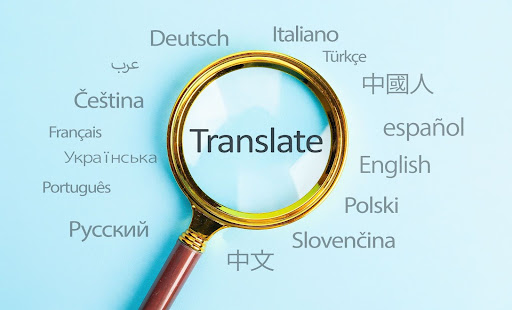Translation plays a crucial role in bridging communication gaps between different cultures and languages, facilitating global business, diplomacy, and access to knowledge. As our world becomes increasingly interconnected, the demand for skilled translators has surged across various fields. This article delves into the most common types of translation, each serving unique purposes and requiring specific skills. We’ll explore literary, technical, medical, certified, and legal translations, highlighting their importance and the challenges they present.
Table of Contents
Literary Translation
Literary translation involves the conversion of creative works such as novels, poems, and plays from one language to another. This type of translation is not merely about transferring text; it’s an art form. Literary translators strive to capture the essence, tone, and emotional depth of the original work, making it resonate with readers in a different linguistic and cultural context.
One of the major challenges in literary translation is the preservation of nuance. Translators must navigate idiomatic expressions, cultural references, and stylistic elements unique to the author. For example, the English translations of Gabriel García Márquez’s works by Gregory Rabassa are celebrated for maintaining the lyrical beauty and complexity of the original Spanish texts.
Technical Translation
Technical translation covers documents related to technical and scientific subjects. This includes user manuals, technical proposals, and product datasheets, crucial in industries such as engineering, technology, and science. The primary challenge here lies in the accuracy and precision of the translation. Technical terms must be translated correctly to avoid confusion, and often, a translator working in this field will have a background or experience in the relevant technical domain.
Accuracy is paramount in technical translation because a minor error can lead to operational failures or safety hazards. For instance, inaccurate translation of machinery manuals can result in improper use or accidents, emphasizing the need for expertise in the subject matter alongside linguistic skills.
Certified Translation
Certified translations are often required for official purposes, such as immigration documents, birth certificates, and legal proceedings. They need to be legally recognized and are typically accompanied by a statement from the translator or translation company attesting to the accuracy of the translation and their competence to translate.
The specific requirements can vary by country and type of document but generally involve a thorough process to ensure the translation is an exact and official record that can be used in legal contexts. This type is essential for documents that must uphold legal standards in different jurisdictions.
Medical Translation
Medical translation is critical in the healthcare industry, involving patient records, consent forms, instructions for medical devices, and pharmaceutical research. The stakes are incredibly high because a misinterpretation can have dire consequences for patient care.
Translators in this field must have a deep understanding of medical terminology and the context in which the translated materials will be used. They must also stay updated with developments in medicine to accurately translate new procedures and treatments. Medical translations not only require linguistic skills but also a strong ethical commitment to ensure precision and confidentiality.
Legal Translation
Legal translation is required for various documents such as contracts, agreements, affidavits, and statutes. Like those for certified purposes, legal translations must be accurate and meet the specific legal standards of the jurisdiction in which the documents will be used. This field poses unique challenges due to the diversity of legal systems and the complex, often archaic language used in legal writing.
Translators must understand both the letter and the spirit of the law as expressed in the original text and ensure that these are conveyed in the translation. Confidentiality and integrity are also paramount, as these documents often involve sensitive information.
Conclusion
The different types of translation services are essential in their respective fields, ensuring that communication barriers do not hinder legal rights, healthcare, technical operations, or the enjoyment of literature across languages. Each type requires a deep understanding of both the source and target languages, as well as a profound respect for cultural nuances. As globalization continues to expand, the role of professional translators becomes more important in connecting the world while respecting linguistic diversity.
